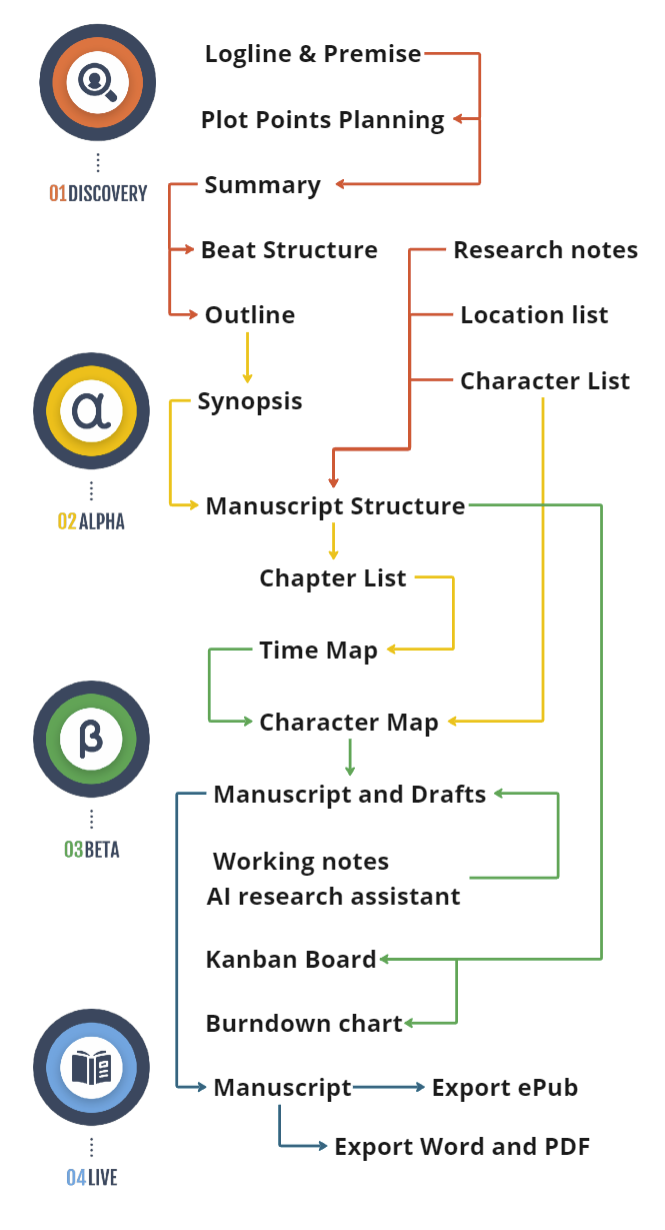Every so often, writers sense a subtle ripple beneath their day-to-day routine, hinting at an uncharted direction. This may happen mid-sentence, mid-dream, or even during a quiet walk. You notice a lull, a hush in your creative process, and then—like a near-silent whisper—an unexpected possibility surfaces. Some ignore it, returning to the safety of old ideas. Others lean in and discover that this silent shift is precisely where new seeds of thought take root.
Too often, we seek thunderous epiphanies, waiting for a burst of brilliance to shatter our everyday patterns. But sometimes, the real key is learning to recognize and nurture these quieter moments. For a writer, the seeds of possibility sprout when you least expect them, blossoming into novel outlines, reimagined scenes, or entire worlds if you allow them the space to grow.
At its core, nurturing possibility starts with acknowledging that any “stillness” or “lull” in your routine may actually be the soil in which dormant seeds rest. Instead of dismissing the quieter periods—like waiting for feedback or feeling stuck on a scene—imagine them as fertile ground. These lulls allow your subconscious to piece together fractured ideas and reshape them into something coherent. You might not see immediate results, but beneath the surface, small roots are spreading.
Any writer, whether seasoned or just beginning, can benefit from this mindset. If you’ve ever felt that your creative rhythm is uneven—one day unstoppable, the next day blank—then recognizing silent shifts can help. Poets, novelists, essayists, and short-story aficionados alike will find that embracing subtlety often leads to the most authentic breakthroughs. Writers who thrive on visual details might discover new metaphors or scenic elements in these serene moments, while plot-focused authors could stumble upon a fresh character motivation or cunning twist.
- Allow Space: Set aside time without a strict writing goal—no word count, no forced chapter outline. Instead, let your mind drift across what you’ve already written or sketches of scenes you imagine.
- Document Fleeting Thoughts: Keep a small notebook or app at hand. Jot down every stray idea, from a snippet of dialogue to a single word that feels potent. These fragments can come together later, like puzzle pieces.
- Practice Micro-Reflections: In the morning or at night, spend five minutes recalling the day’s subtle observations: a strange bird call outside your window, a fleeting conversation. Sometimes these minuscule details, once recorded, become seeds of entire paragraphs.
- Experiment With Tempo: If you normally write in bursts, try writing in a slow, deliberate cadence for a single session, savoring each sentence. If you typically revise incessantly as you go, experiment with free-flow drafting. Changing pace can highlight hidden opportunities.
- Embrace The Pause: Rather than labeling a creative pause as “writer’s block,” consider it a natural part of the growth cycle. Seeds don’t sprout instantly. Give them time.
Moments of silence, or times when words don’t flow easily, often carry the potential for transformation. Creativity is like an ecosystem—push too hard at the wrong moment, and you risk uprooting delicate ideas before they fully form. By acknowledging and trusting the quiet, you discover new angles on old plots, deepen character arcs, and enrich your narrative worlds in ways that forced brainstorming never achieves. The quiet fosters unexpected synergy between your conscious intent and your subconscious curiosity, weaving them into something neither part of your mind could produce alone.
Take one small step toward nurturing possibility today. Set aside fifteen minutes of quiet, watch for even the faintest glimmer of a fresh idea, and record it. Revisit your notes in a week, and you may be surprised at how they’ve grown—like seedlings emerging after a patient wait in the soil.




